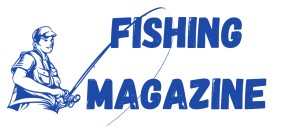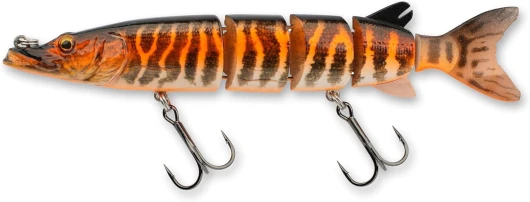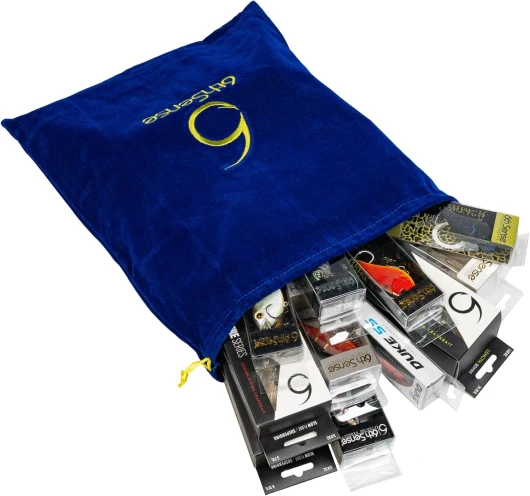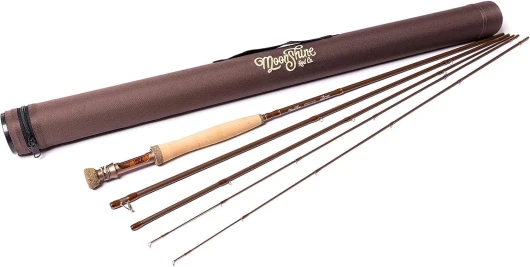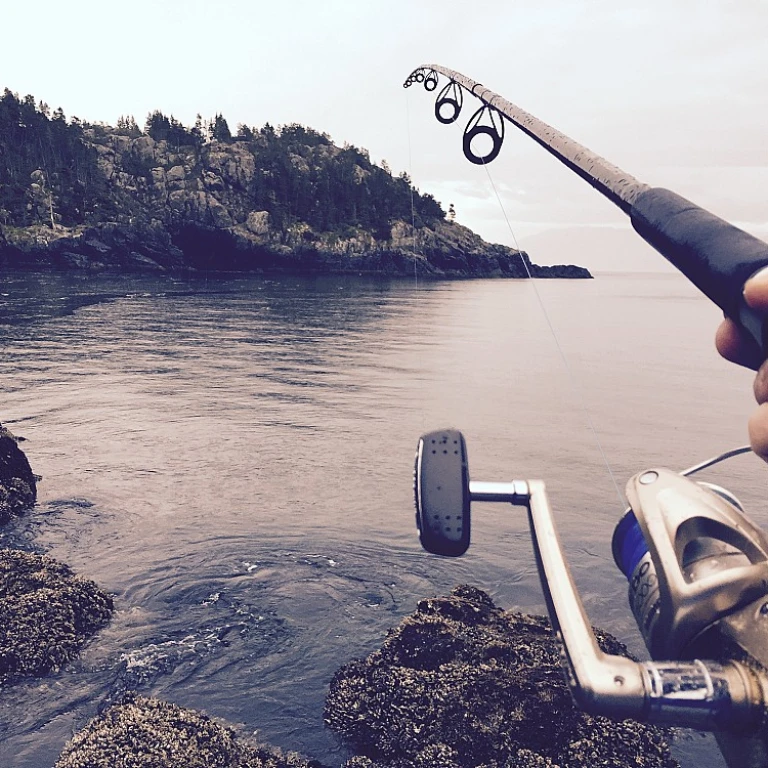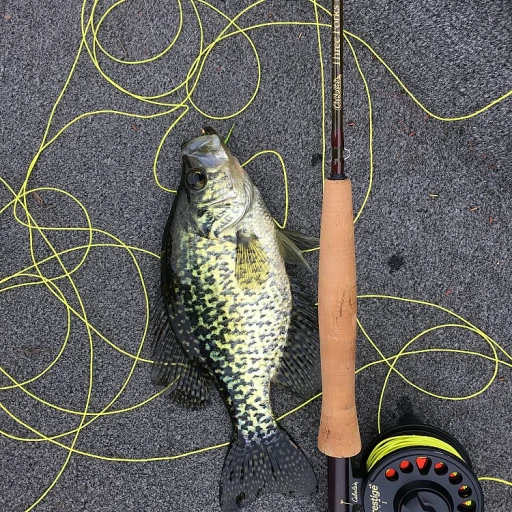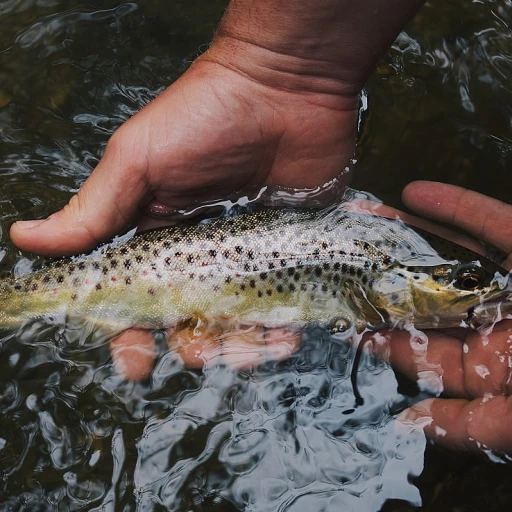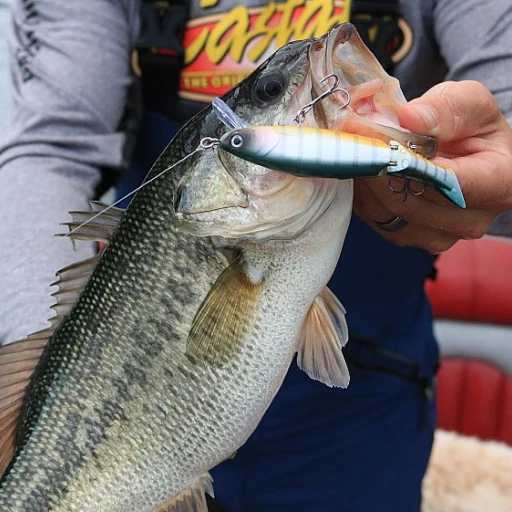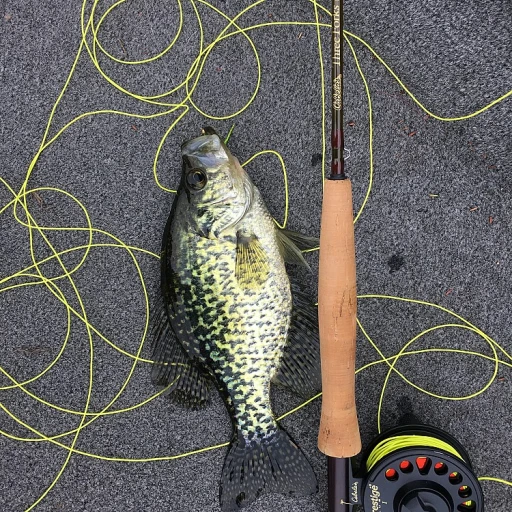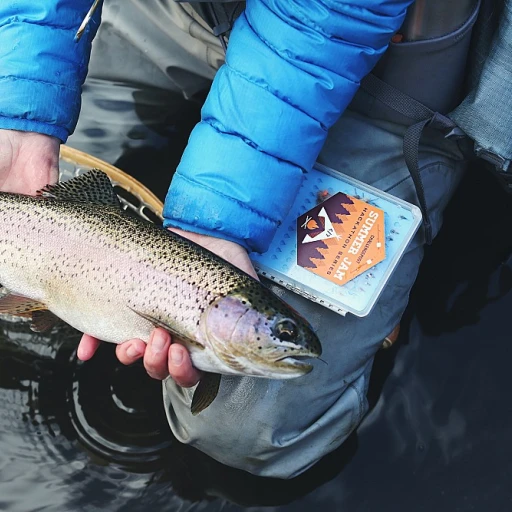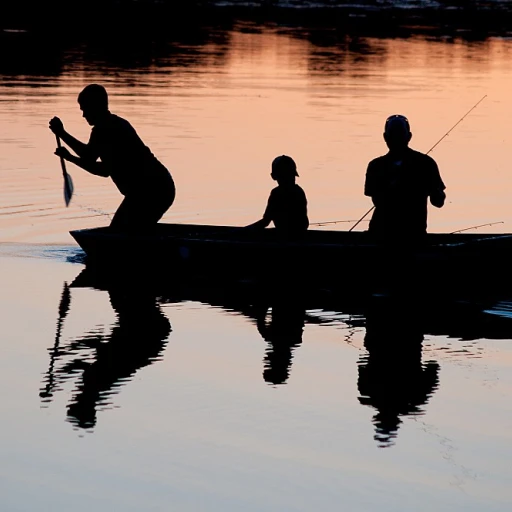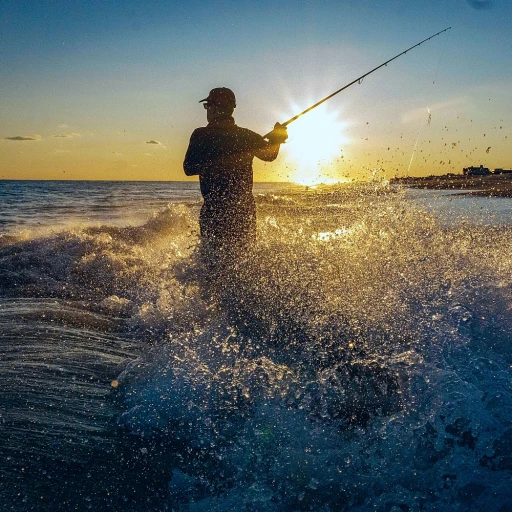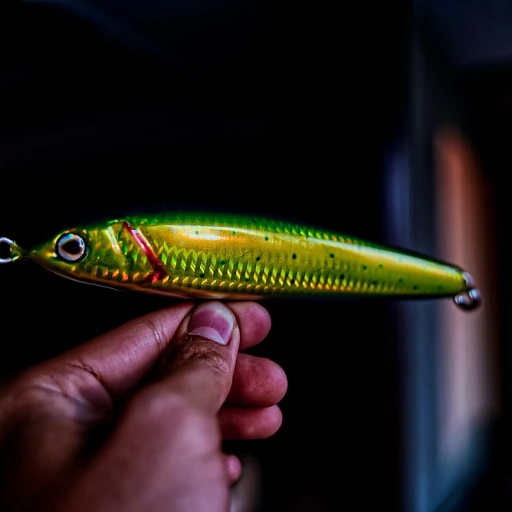
Understanding Northern Pike Behavior
The Elusive Nature of Northern Pike
Understanding the behavior of northern pike is crucial for any angler looking to master fly fishing for these formidable predators. Known for their ambush tactics, pike thrive in a variety of environments ranging from rivers, lakes to even brackish waters. They are an aggressive species, often found lurking in the waters waiting to surprise their prey.
Unlike trout, northern pike are more active in their hunting approach. They tend to rely on cover, which means you'll frequently find them near reeds, weed beds, or submerged structures, providing them with an ideal vantage point. Thus, recognizing and targeting these structures can significantly enhance your pike fishing experience.
Weather and Water Conditions
Conditions play a critical role in the behavior of northern pike. During the summer months, they often move to deeper, cooler waters during the day but venture back to the shallower areas in the early morning and late evening. Adjusting your fishing time to align with these patterns is a crucial tactic.
Pike are more responsive to changes in barometric pressure as well. A falling barometer often triggers pike to become more active and aggressive, making it an opportune time for fly fishing enthusiasts. By keeping a close watch on weather changes, one can use pike flies effectively to lure them.
Adaptability of Northern Pike
Their adaptability contributes to their widespread presence across different water bodies. Whether you are fishing in a river making use of a durable fly rod, or a big lake using specialized gear suited for deeper waters, understanding the local pike behavior can significantly increase your success rate. This makes them a great subject to learn not only pike fishing techniques but also the subtle nuances of fly fishing as a whole.
For those new to pike fishing or seasoned professionals looking to refine their craft, delving deeper into how pike behave will inevitably set a foundational understanding that supports all other aspects of fly fishing — from selecting the right pike flies to refining your techniques. For more insights on choosing the best fly rod that aligns with these tactics, you might find this guide on fly rods for saltwater adventures useful.
Essential Gear for Fly Fishing
Key Equipment for a Successful Pike Adventure
When it comes to fly fishing for northern pike, having the right gear is crucial. This fish is known for its aggressive nature and size, so your equipment needs to be up to the task. Here’s a breakdown of what you’ll need to ensure a successful outing.
Fly Rod and Reel
A sturdy fly rod is essential for handling the power of a big pike. Opt for a rod in the 9 to 10 weight range, which provides the strength needed to cast large pike flies and handle the fight of a northern pike. Pair it with a reliable reel that has a strong drag system to manage the sudden runs and dives of the fish.
Fly Line and Leader
Choose a weight-forward floating line for most pike fishing scenarios. This type of line helps in casting large flies and is versatile enough for various water conditions. A wire leader is a must to prevent the pike's sharp teeth from cutting through your line. Aim for a leader length of around 6 to 9 feet, with a wire tippet to ensure durability.
Flies for Pike
Pike flies are typically larger and more colorful than those used for trout. Streamers and poppers are popular choices, as they mimic the prey that pike hunt. Consider tying your own flies to customize them for the specific conditions of your fishing spot. For more insights on selecting the perfect flies, check out this guide on choosing the perfect flies.
Additional Gear
- Polarized Sunglasses: These help reduce glare on the water, allowing you to spot pike more easily.
- Landing Net: A large, rubberized net is ideal for safely landing and releasing pike.
- Waders: If you’re fishing in a river or lake, waders keep you dry and comfortable, especially in colder water.
Having the right gear not only enhances your fishing experience but also increases your chances of landing that trophy pike. As you prepare for your next adventure, remember that understanding the behavior of northern pike and mastering the right techniques will further boost your success.
Techniques for Success
Mastering Presentation and Retrieval Techniques
To achieve success in the art of fly fishing for northern pike, it's crucial to master a few presentation and retrieval techniques. Northern pike are ambush predators, often hiding in vegetation and striking at potential prey with incredible speed. Here's how you can make the most of your time on the water.- The Right Cast: A precise cast is essential when targeting pike. Start by focusing on areas around weed beds, submerged structures, and drop-offs. These locations are prime hunting grounds for big pike looking to ambush unsuspecting prey.
- Vary the Retrieval: Pike aren't just looking for any movement in the water, they want something that mimics live prey. Using a variety of retrieval techniques will increase your chances. Experiment with fast, erratic strips followed by slow pauses. This variation resembles the behavior of distressed or injured fish, igniting the pike's predatory instincts.
- Avoiding Spooks: Northern pike have keen senses. Ensure a stealthy approach by minimizing noise and vibrations. This is particularly important when fishing in shallow waters or heavily fished areas where pike might be more wary.
- Effective Use of Topwater and Subsurface Flies: Depending on the time of year and specific conditions, switch between topwater pike flies and subsurface flies. In warmer months, topwater flies can attract attention, while colder waters may call for deeper swimming flies.
- Keeping a Wire Leader: Northern pike have sharp teeth, which means you'll need a wire leader to prevent your fly line from being bitten through. Opt for a sturdy but flexible leader that won't hinder the movement of your fly.
Choosing the Right Flies
Picking the Perfect Fly for Northern Pike
Choosing the right flies is paramount in fly fishing for northern pike. These predatory fish are known for their sharp, powerful strikes and discerning tastes. To attract a pike, your fly must not only resemble their natural prey but also entice them into action.- Size Matters: Pike are aggressive, and they often hunt big prey. Don’t be shy about using large pike flies. Large streamers that mimic baitfish work well, and bright colors can help get their attention in murkier water conditions.
- Colors and Patterns: Northern pike are not colorblind; they react to vivid hues. Flies in red, orange, and yellow often perform well, especially in summer when the fish are more active members of the aquatic environment. Nevertheless, matching the hatch with local prey colors can also yield good results.
- Type of Fly: You'll want a variety of flies in your box, including topwater flies and subsurface ones. Topwater flies can create a spectacular strike as pike hit from below. Subsurface patterns like streamers and wooly buggers are versatile choices for both lake and river conditions.
Safety and Conservation Tips
Prioritizing Safety on the Water
When fly fishing for northern pike, safety should always be a top priority. Whether you're casting in a lake or a river, being well-prepared can make all the difference. Ensure your gear is in good condition, especially your fly rod and wire leader, as these are crucial for handling big pike. Always inform a well member of your fishing group about your location and expected return time. This simple step can be a lifesaver in case of unexpected situations.
Conservation: Protecting the Pike Habitat
Conservation is key to maintaining healthy fish populations and ensuring future generations can enjoy pike fishing. Practice catch and release whenever possible, especially with larger pike, as they play a vital role in the ecosystem. Use barbless hooks to minimize harm to the fish, and handle them with care to avoid stress. During summer, when water temperatures rise, fish will be more vulnerable, so limit the time you keep them out of the water.
Respecting the Environment
Being an active member of the fishing community means respecting the natural environment. Avoid leaving any trash behind, and be mindful of the impact your presence has on the surroundings. This not only preserves the beauty of the fishing spots but also ensures that the pike and other species, like trout, thrive in a clean habitat. By following these fishing tips, you contribute to a sustainable and enjoyable fishing experience for all.
